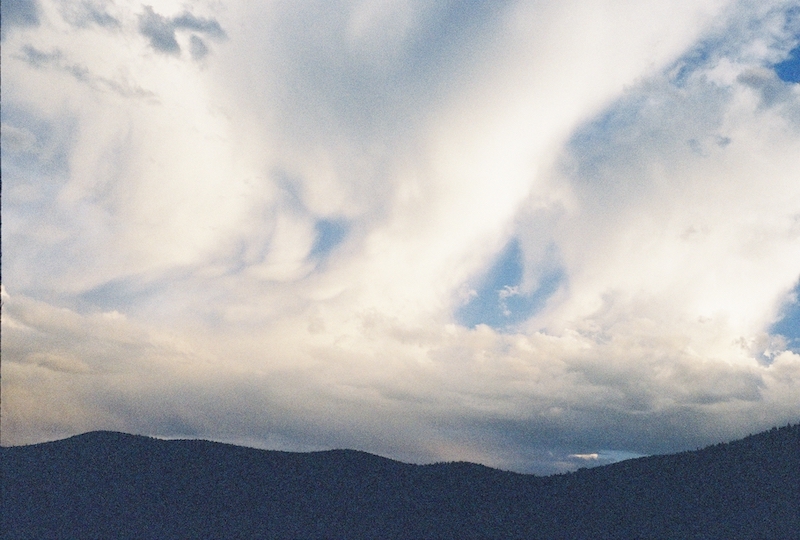
Understanding The Body in its Wholeness
Fascia
—it's not just the stuff that wraps around muscles and organs, as some might say. It’s much more than that. Fascia is the quiet network that holds everything together, moving energy, light, and information throughout the body. It connects everything—muscles, bones, even cells—into one living whole. When I work, I know that true healing isn’t just about fixing one part, but about restoring balance to the entire system, where each part speaks to the other.
In Craniosacral Therapy, I listen to the body’s subtle rhythms, not just the surface tension, but the deeper movements within the fascia. The body’s tissues don’t just move or stay still; they carry information. Fascia transmits signals about where the body holds tension, where there’s pain, and where there’s the need for release. By gently working with this network, I help guide the body to release what’s been held too long and restore the flow of energy and balance.
Fascia, in its way, acts as a bridge between the physical and the energetic. When I touch the body, I’m tuning in to that energy—the electrical charge, the light it carries, the way it all flows together. Through Craniosacral Therapy, I help the body’s fascia find its rhythm again, allowing the body to heal, restore, and return to balance—just as it knows how.
Cranial Anatomy
The human skull is a complex, curved structure designed to protect the brain, one of the most vital and delicate organs in the body. Its bones are shaped and arranged to bear weight, absorb shock, and provide a sturdy but flexible form. The skull’s dome-like shape, particularly the cranium, is a natural architectural feat, formed by interlocking bones that create a smooth, curved surface. This structure is incredibly strong and light, designed to protect without being overly heavy or cumbersome. The way the bones curve inward at the top, forming a sort of "dome" over the brain, is reminiscent of architectural forms meant to support and shelter while offering an efficient use of space.
Both share an elegance in their design—whether it's the human body’s natural construction or the human-made wonder of Hagia Sophia—demonstrating how curved, dome-like shapes can serve as both functional and symbolic vessels, encapsulating and elevating what is most precious.